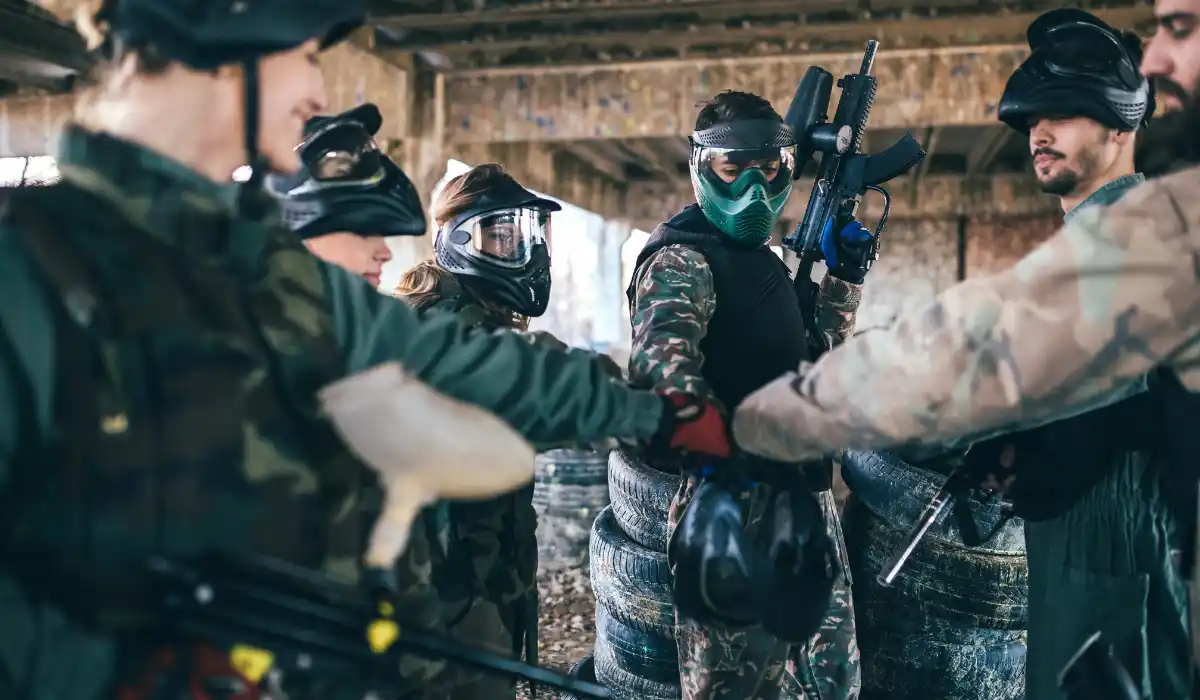
The devastating 7.7-magnitude earthquake that struck Myanmar has become more than just a natural disaster—it has turned into a geopolitical flashpoint. While China, Russia, and several other nations have quickly dispatched rescue teams and humanitarian aid, the United States has remained largely absent. The slow response from Washington coincides with President Donald Trump’s massive cuts to foreign aid, raising concerns that the U.S. is ceding global influence to its rivals.
Table of Contents
As Myanmar grapples with a death toll surpassing 1,700 and thousands left homeless, international aid is critical. Yet, while China has already committed $14 million in aid and dispatched rescue teams, the U.S. response has been minimal, with only a vague promise of assistance through local NGOs.
The Myanmar Earthquake – A Devastating Crisis
Myanmar was hit by a catastrophic 7.7-magnitude earthquake last Friday, leveling buildings and infrastructure. The death toll continues to rise, with thousands feared buried under the rubble. The quake was so powerful that it affected neighboring Thailand, causing a high-rise collapse in Bangkok that killed at least 19 people.
Survivors in Mandalay, one of Myanmar’s hardest-hit cities, have been forced to sleep in the open as rescue efforts continue. The 72-hour window for finding survivors has passed, reducing the chances of further rescues. The urgency of aid is more crucial than ever, yet the U.S. remains on the sidelines.
China’s Swift and Strategic Response
China wasted no time stepping in. Within 48 hours, Beijing had dispatched 200 personnel, including search-and-rescue teams, doctors, and engineers. Chinese rescuers were seen pulling survivors, including a 5-year-old girl and a pregnant woman, from the rubble.
Beijing also pledged $14 million in humanitarian aid, including thousands of tents, blankets, and medical supplies. The speed and scale of China’s response contrast sharply with the U.S., where bureaucratic delays and budget cuts have slowed any meaningful action.
Other Countries Step Up in Myanmar’s Hour of Need
India, Malaysia, Russia, and Thailand have all sent rescue teams, medical personnel, and aid supplies. Russia deployed 20 rescue workers, including search dogs and drones, along with three cargo planes loaded with emergency supplies.
Thailand, despite facing its own crisis from the earthquake, sent a team to assist in Myanmar. Thai rescuers are also working to free trapped workers from a collapsed high-rise in Bangkok, where over 70 people remain missing.
The U.S. Absence: A Shift in Foreign Policy?

The United States, once a leader in global humanitarian efforts, has yet to send a single rescue worker to Myanmar. The U.S. Embassy in Myanmar announced that USAID would provide up to $2 million in aid, but no on-the-ground support has been seen.
This delayed response follows Trump’s recent decision to slash foreign aid budgets. Critics argue that these cuts are leaving a vacuum that authoritarian governments like China and Russia are eagerly filling.
Challenges in Delivering Aid Amid Civil War
Myanmar’s ongoing civil war further complicates relief efforts. The military junta, which seized power in 2021, has tightly controlled access to foreign aid. Even amid this disaster, the government has continued airstrikes on rebel-held areas, worsening an already dire situation.
The Role of the Myanmar Government in the Crisis
Despite its strict control, Myanmar’s military government has appealed for international aid. However, the regime remains wary of Western intervention, which could explain the U.S.’s slow response. In contrast, China, a longtime ally of Myanmar’s junta, has been welcomed with open arms.
Rescue Efforts in Thailand – A Parallel Tragedy
Thailand, despite suffering its own losses, has managed to send aid to Myanmar. A construction site in Bangkok collapsed during the quake, killing 19 people. Thai rescue workers, assisted by U.S. service members, continue to search for survivors.
The Future of U.S. Foreign Aid and Global Influence
With China and Russia taking the lead in Myanmar, experts warn that the U.S. risks losing its position as a global leader in humanitarian assistance. If Washington continues to pull back, Beijing and Moscow will gain further influence in strategically important regions.
Conclusion
The Myanmar earthquake has exposed the shifting dynamics of global power. While China and Russia quickly mobilized aid and rescue teams, the U.S. remained largely absent, its foreign aid cuts leaving it sidelined.
In times of crisis, leadership is defined by action. The question remains—will the U.S. reclaim its role in humanitarian diplomacy, or will it allow rivals to take center stage?
FAQs
- Why has the U.S. not sent immediate aid to Myanmar?
- Trump’s foreign aid cuts have reduced America’s ability to respond quickly.
- How is China benefiting from its rapid response?
- China is expanding its influence in Myanmar by providing aid and rescue teams.
- What are the biggest challenges in Myanmar’s rescue efforts?
- The ongoing civil war, damaged infrastructure, and limited foreign access.
- How has Thailand been affected by the earthquake?
- A building collapse in Bangkok killed 19, with many still trapped.
- Will the U.S. reconsider its foreign aid cuts after this disaster?
- It remains to be seen, but growing criticism may push policy changes.
myanmar,
earthquake thailand,
myanmar earthquake,
thailand earthquake,
thailand,
bangkok,
earthquakes yesterday,
bangkok earthquake death toll,
myanmar map,
earthquake myanmar,
earthquake today,
burma,
earthquake in thailand,
myanmar earthquake today,
myanmar earthquake death toll,
mandalay,
earthquake bangkok,
latest weather,
tsunami,
myanmar thailand earthquake death toll,
thailand myanmar earthquake,
myanmar earthquake thailand,
7.7 earthquake myanmar
tops,
lalisa manoban,
earthquakes today,
usgs earthquakes,
usgs,
thailand news,
videos,
usgs earthquake map,
civil war,
bankok,
video,
world news,
mandalay myanmar,
bangkok thailand,





